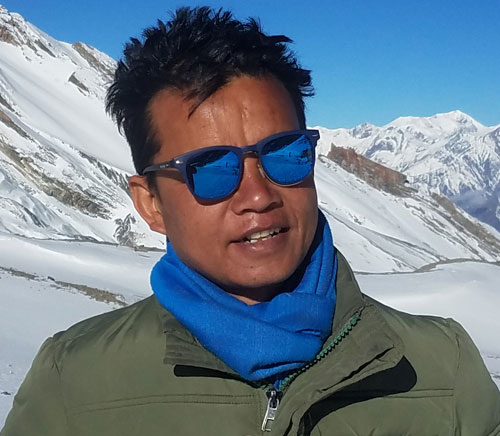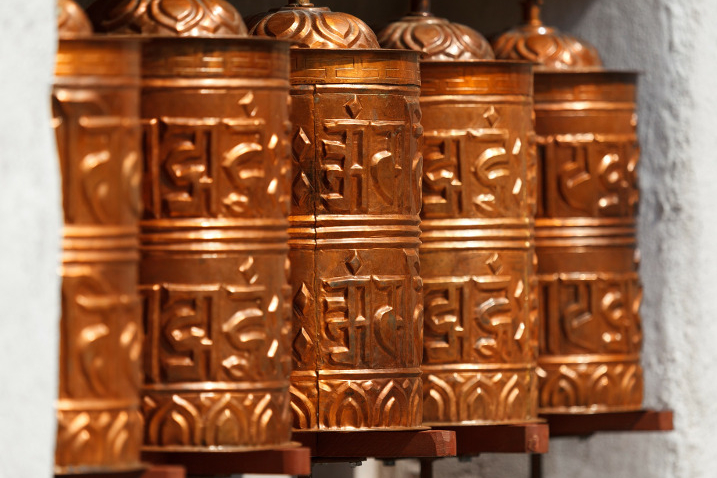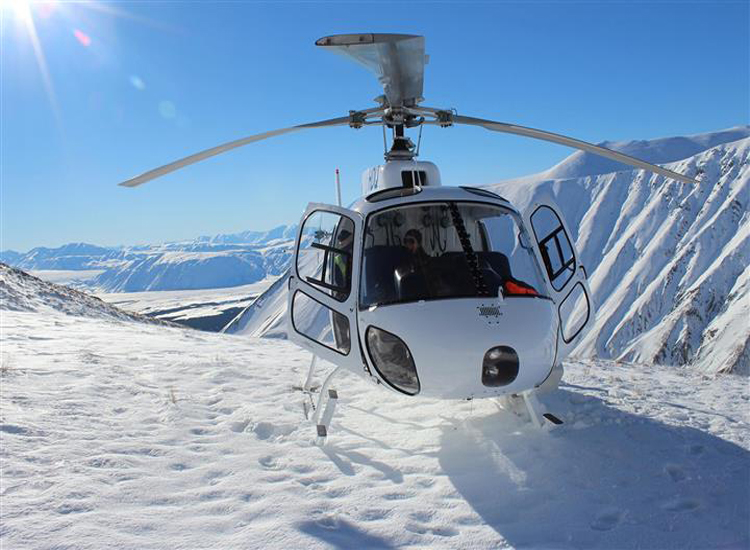Everest Base Camp 7days with Helicopter return is one of our favorite treks and we’d be delighted to help you explore this impressive region in Nepal.
7 days EBC trek is a challenging, & discover the famous trek to the world’s highest peak along with the Sherpa culture and traditions rich Khumbu region and explore the natural beauty, unique landscapes.
Everest Base Camp 7days with Helicopter return is the trek to the Khumbu valley designed for those who want to trek to Everest Base Camp and experience the real-life Himalayan culture of Sherpas and Tibetan Buddhists culture of Nepal and ends the trek with the scenic heli flight to Kathmandu. Also, explore flora and fauna and historic attractions in a short time. Everest short trek offers the magnificent views of the gigantic mountains such as Mt. Makalu, Mt.Nuptse, Mt. Cho Oyu, Mt. Gaurishankar, and Langtang in the Everest region.
The trek commences with an adventurous scenic flight to Lukla, the gateway of Everest. We start our trek following the footprints of Edmund Hillary and Tenzing Norgay Sherpa. Trek route traces through the beautiful Sherpa village, Cheplung and ghat, suspension bridges, Mani Stones and praying wheels, etc. We ascend towards Namche Bazaar, which explores Sherpa, Tibetan culture and tradition with lots of the history of the Everest region. Everest trekking route offers the incredible views of the world's highest mountain Mt. Everest along with Lhotse, Nuptse, Ama Dablam, Thamserku and many more. Following the left bank of Dudh Koshi River with viewing the beautiful waterfall and the introductory view of Kongde Ri with many other snow-capped mountains. Walking along a path with many ups and downs pass by a small village we reach Monjo. Descending stone steps and a short climb takes to Jorsale, the entrance to the National Park. During the trek, we will spot some endangered animals and birds. Crossing the Sagarmatha National Park, the further trail is quite scenic on a gentle flat trail to Phortse offers stupendous views of Ama Dablam and the hidden Hongu valley peaks and Kangtega. Enroute to Dingboche, Lobuche, Gorak Shep. After having lunch, we hike to the feet of Mt. Everest.
The hike with rocky clumps and the huge moraine of the Khumbu Glacier to Everest Base camp. The hike offers an outstanding close-up view of Khumbu Ice Fall, Lhotse, Pumori, Marine rocks and the mountains separating Nepal from Tibet. After finish the overview of views, we retrace our steps to Gorak Shep and the next day hike to Kala Pattar which offers 360-degree panorama views of Mt. Everest, Lhotse, Ama Dablam, Makalu, beyond the peaks above Namche: Kangtega and Thamserku. Then retrace steps back to Gorak Shep for the direct flight via Helicopter to Kathmandu.
Let Incredible Himalayan Sherpa Adventure take you on your very own adventurous trek to the lap of Mount Everest within 7 days. If you have enough time and want to experience adventurous trek without rush then you have an additional option for Everest base camp 15 days trekking.
We always try to keep our guests happy and satisfied, therefore we manage well-behaving friendly human resources. We are waiting for you to join us for such an exciting and unforgettable trip.
Highlights
- Accompaniment by a highly trained and experienced guide to optimize each individual’s experience
- Panoramic Himalayan peaks and valleys, including views of Mt. Everest’s southwest face and surrounding peaks
- Admire Everest Base Camp, contemplate the history of its exploration and some of the highest mountains in the world
- Stand on top of Kala Patthar and observe some of the highest mountains of the world and Discover the rich culture of Solukhumbu, the Sherpa heartland
Duration
Season
Region
Grade
Altitude
Walking
Accommodation
Trip Type
Transportation

Certificate of Excellence
Based of services & reviewTrek Map
Need More help ?
Talk to our travel experts by phone, email, WhatsApp/Viber, WeChat! We love to talk travel ! We're here to help and happy to assist you with your booking and make your dream come true.

Mr. Tsering D. Sherpa
(National Mountain Leader)
Mountaineering, Treks & Tours
- +977-9862258888
(WhatsApp,Viber)7/24 - mytrek2@gmail.com
info@himalayansherpaadventure.com
RELATED TRIPS

Everest Base Camp Trek
Discover the world’s highest peak & explore the culturally ....

Jiri to Everest Base Camp Trek
An unforgettable Everest Base camp Trek from Jiri with Incredible ....

Everest Base Camp and Gokyo Lakes Trek
The definitive Gokyo Lakes & EBC trek climbing to the foot of ....



.png)






